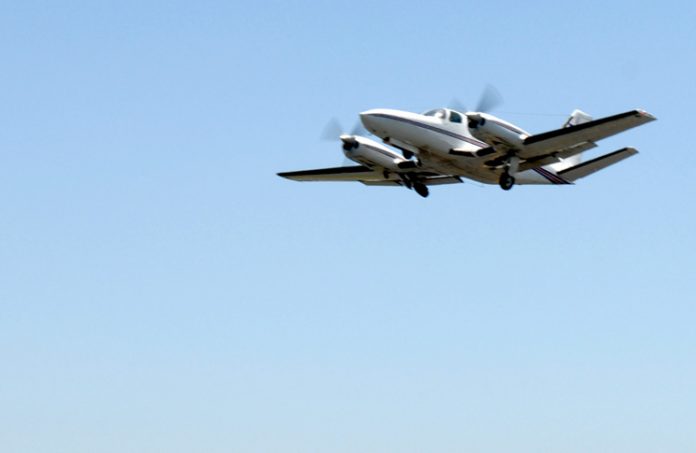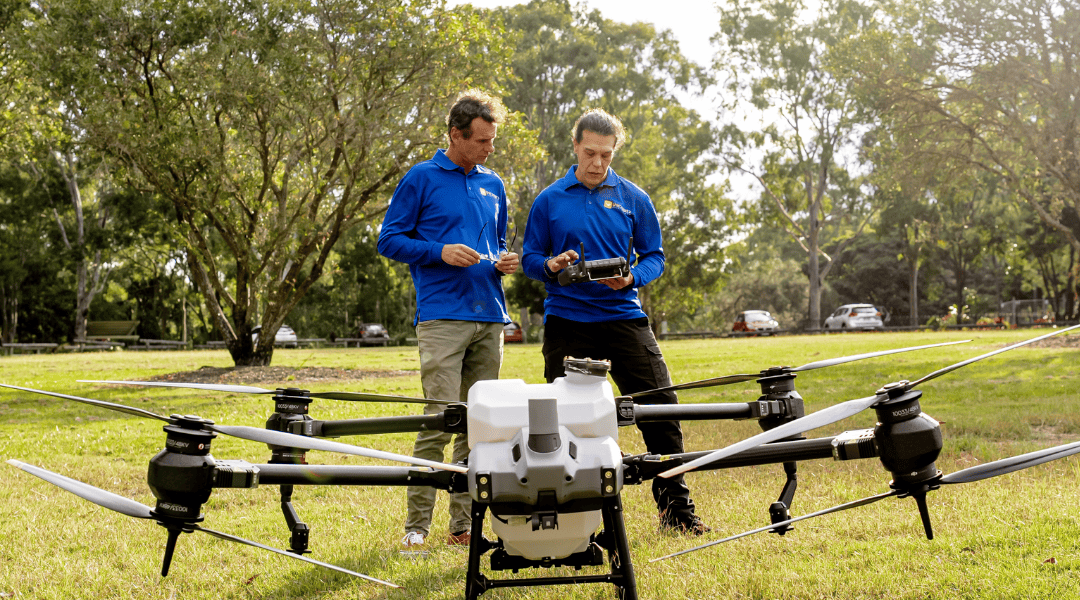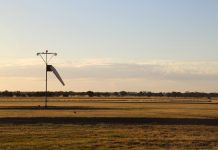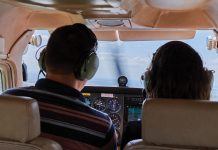Name withheld by request
After the incident, I could only laugh how typical Murphy’s law had been to me. I hadn’t flown a single minute by night until my 1000th flying hour. Even after my multi-engine command instrument rating, flying by night still gave me anxiety and I was never quite comfortable. My main mentor and chief pilot, a general aviation veteran who had close to 30,000 hours would often reiterate with his usual gruff, assertiveness to ‘Don’t touch a bloody thing until at least 1500 ft, GOT IT?’ With this in mind, I was tasked to position my all-time favourite aircraft, my gentle old Cessna 404 between Townsville and Cairns. I was told ‘you can do the flight when it suits you, but it must be in Cairns ready for an RPT service at 9 am’.
Anxiety aside, and my lacking night hours for the hope of my next job, I thought no way was I going to throw up an opportunity to get some time in the ‘night column’, albeit just a smidgen over an hour. It was summer so the days were long and I knew if I was to do the whole flight at night, I would be airborne by 4 am at the latest. The wheels were up and I was heading north, with my eyes firmly on the clocks, and the usual ‘set climb power’ through 500 ft was delayed to 1500 ft (don’t you bloody dare!!). Climb power set, landing lights retracted and a departure call on CTAF, and then it happened. Visual cues lacking, I instantly could feel the yaw. With the autopilot disengaged, my eyes resisted the urge to start a visual search of the instruments. I knew I had an engine problem. ‘Right! This is it I guess’. My moment to put into practice the dance I’d practiced in my mind possibly 1000 times. As clichéd as it sounds, my own ‘failure management model’ started with the obligatory aviate, navigate, communicate.
Followed by:
ASSESS
ACTION
MANAGE
DECIDE
TELL PEOPLE
Sit up straight and fly right I thought. It was hard to fly in balance with the aggressive, almost harmonic surging of power. I no doubt made it worse by setting a full 40 inches take-off power on both engines at the first sign of trouble. That aside, I wanted to unload myself, and I knew the circa 1978 autopilot would probably still fly a better pitch attitude then I would. The flight path was assured and I was cognisant of the approaching turn on the standard instrument departure (better not hit Magnetic Island). The communicate stage, I thought given the hours of day, could be brief for now. A pan-pan was necessary at present, but could wait. I still wanted to advise ATC briefly of my situation, just in case I bought the farm (or was it the Coral Sea?). ‘Brisbane Centre, Alpha Bravo Charlie, airborne runway 01 at Townsville. Engine problem, 1 POB, stand by for further’. Brief, but effective, and I’ll tidy things up with a pan and squawk 7700 later on when things settle down I thought.
ASSESS came next. What the hell was going on? With the autopilot now engaged, my eyes started a gentle scan (including keeping an eye on the clocks and my friend the autopilot). Here I observed manifold pressure, RPM, and fuel flow on the right engine surging wildly. Having already done the obligatory mix up, pitch up, power up, gear up, flap up, identity, dead leg (albeit half dead with the surging), I stopped here from confirming and feathering as the engine was still providing some useful thrust. I wound in a mean rudder trim unit to the left. I wanted to pull the power back on the surging engine, but I wasn’t doing squat until we hit the minimum sector altitude (MSA), which possibly due to the light weight and still useful amount of thrust on the good donk, I reached quite quickly. Settled safely inside the 25 nm MSA, and knowing that my well-studied Quick Reference Handbook offered no guidance for a surging engine, I instinctively wanted to stop the ‘racket and yawing’ and also noting I was fast approaching my 10 minute limit on take-off power on the good engine. The solution I thought was to throttle back both engines to a safe holding setting of 20 inches. Approaching 25 inches, the noise stopped from the troublesome engine. What the hell caused that I wondered? Never mind, there are more pressing issues I thought like the fact I’d be outside the 25 nm MSA shortly and I’d prefer to be on the ground in case ‘she let go’. Time to pick up on my management plan from where I’ve left off.
DECIDE came next. A younger version of me would have possibly considered hobbling up to the route lowest safe altitude and continuing the 170 nm trek to Cairns, being it was our maintenance base. With age comes wisdom. Safety, comfort, schedule, economy was my quite simple mantra. The engine wasn’t technically failed, so CAR205 simply didn’t apply. But into my decision-making model, should I’d ever be torn between 2 options, was ‘would the decision you’re about to make be made in front of the regulator, should they be on board?’ That decision was quickly made after that simply question.
So I turned back to Townsville, planned for an arrival, made a decision to TELL PEOPLE advising ATC simply via spoken word (no passengers = no brief to them required) that I was now ops normal, my approach intentions and I’d call again on the ground. Being a CAVOK night, I self-briefed that things may get interesting should need be to go-around, so I configured early and mitigate the chance of having to go around.
After landing, while I waited for the boss to arrive at work, I reflected on my performance. My two ‘take-aways’ I’d been proud of was that I didn’t take my eyes off the flight instruments until at a safe attitude, and that my decision-making was calm, logical, and my overwhelming priority was to assure the aircraft was in control and in a safe configuration at all times. On this occasion, everything else could wait.






So what turned out to be the problem with the engine?
-Bill.